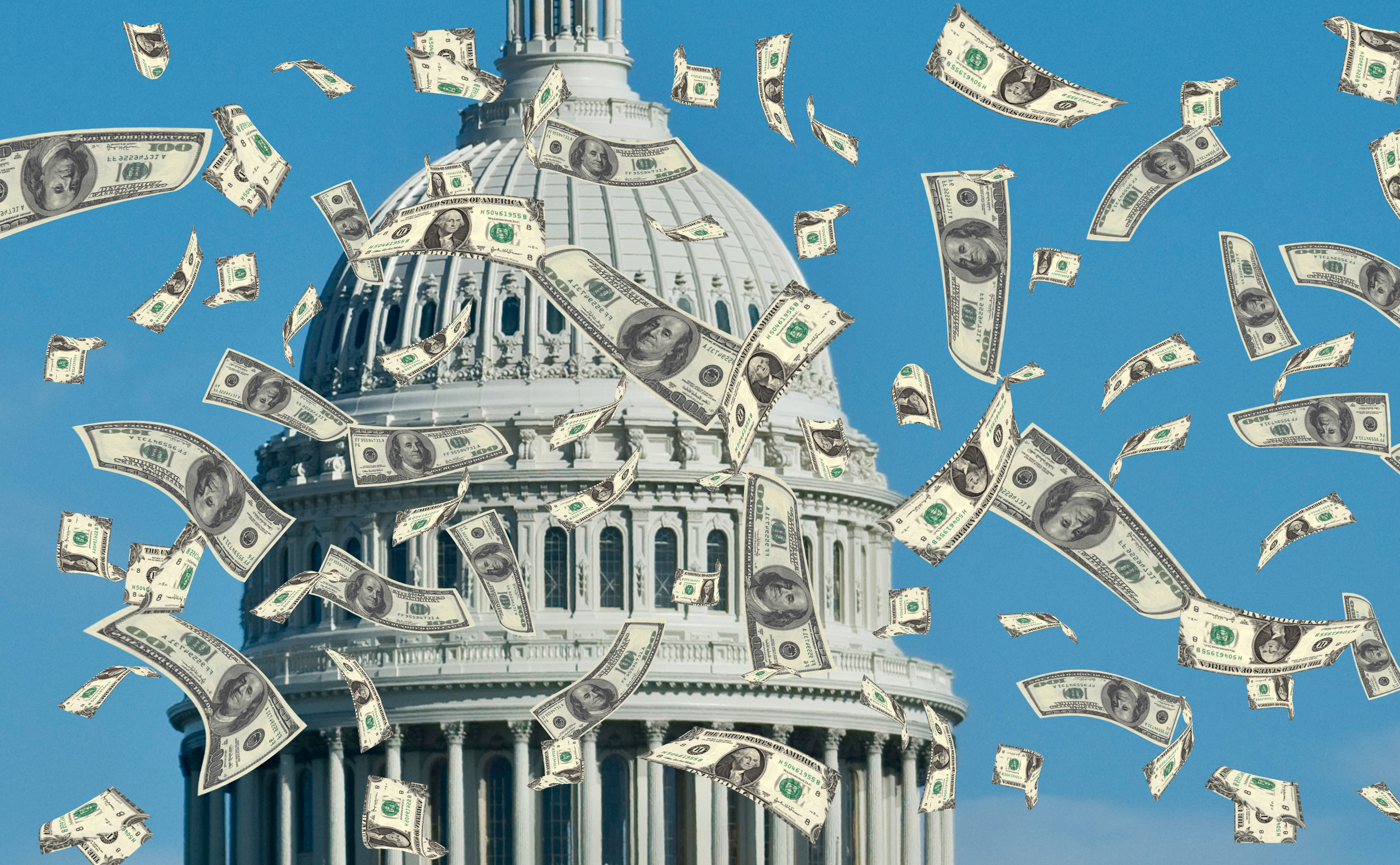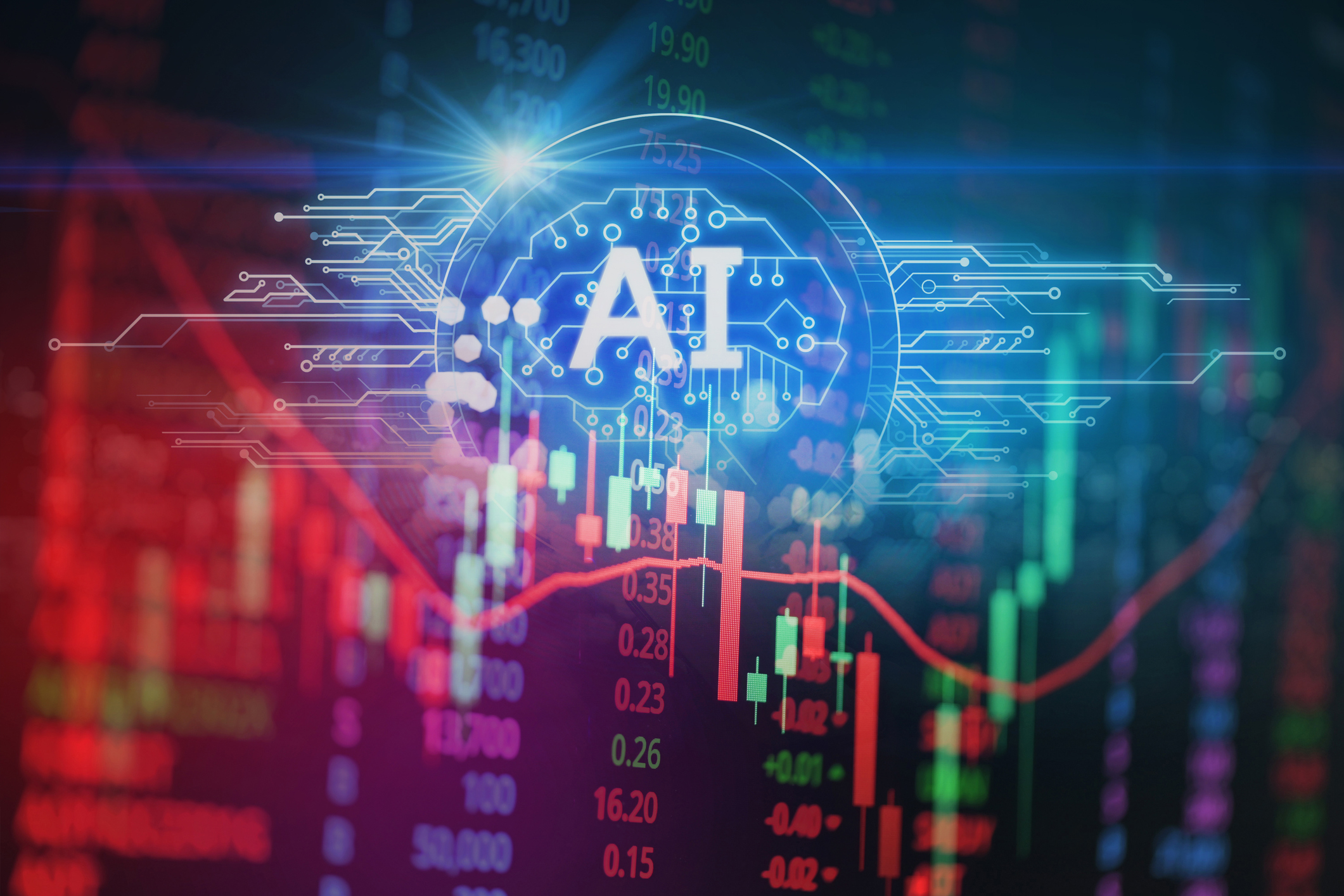How Big Is the Risk of Inflation?
Gasoline’s huge price overshadows rising prices for airfares, used cars, beef and other items.

Despite the plodding pace of the economy, price increases are starting to spread, raising alarms about inflation. With the economy still in low gear, an inflationary spiral isn’t a huge possibility. Unemployment is so high that workers won’t be able to demand big wage hikes.
But there’s increasing evidence that the tide is changing. Some prices are, in fact, surging: In the past 12 months, airfares, for example, have climbed by nearly 12%. The average cost of used cars is up 15%. Hospital bills have climbed by 5.4%. And shoppers are paying an average of 9% more to put beef on the family dinner table and a whopping 16% more for pork
The cost of many raw materials -- including chemicals, rubber, iron ore, grains and more -- is also soaring. About three-quarters of purchasing managers for manufacturers say that their firms are paying more for materials today than last month. In January, 64% of them reported experiencing recent price hikes. And while it’s true that many commodity prices have eased recently, we expect a modest rebound later this year, as demand rises with more vigorous economic growth. And oil and gasoline prices will remain high by historical standards through the summer, though they’ll retreat from the peaks.
From just $107.88 $24.99 for Kiplinger Personal Finance
Become a smarter, better informed investor. Subscribe from just $107.88 $24.99, plus get up to 4 Special Issues

Sign up for Kiplinger’s Free Newsletters
Profit and prosper with the best of expert advice on investing, taxes, retirement, personal finance and more - straight to your e-mail.
Profit and prosper with the best of expert advice - straight to your e-mail.
Soon, the cost of money will rise as well, as the Federal Reserve moves from a policy of easing the money supply to neutral and then to tightening. The odds are, Chairman Bernanke and his colleagues will raise the benchmark federal funds rate in early 2012, triggering a hike in banks’ lending rates.
Landlords have their eye on sweeter returns; rents have likely bottomed out. Rents on top-quality offices are already on the rise. Next year, the uptrend will spread to warehouses, storefronts and other office space, as well as to apartments.
Any company than can is trying to pass on their higher operating costs. From detergent makers to pizza peddlers, manufacturers are adding pennies to price tags or reducing the size of their packages, while holding the prices for them steady. A standard grocery-store box of macaroni still sells for the same price it did last year, but now it’s only 13 ounces instead of a full pound. Service businesses -- in health care, education, entertainment, finance, hospitality -- are testing the waters as well, cautiously adjusting upward their menu of prices.
Of course, not all firms can recoup their increased expenses. Makers of diapers and breakfast cereals, for instance, will find that shoppers shift to store brands rather than pony up more for brand-name goods. And sales at many small businesses aren’t strong enough to let them raise prices. These unfortunate folks will see their profit margins squeezed instead.
ll told, consumer prices will likely climb about 3% this year. That’s not bad, but it is nearly double the rate of increase last year. And it may seem like a much greater increase. Why? Because prices for gasoline and food, purchases consumers make frequently, will increase much faster than prices across the spectrum of consumer goods and services. Purchases of products and services for which prices are declining -- apparel and telephone services, for example -- are made less frequently, and it’s easier for consumers to overlook a price change. In addition, the price tag for shelter, which is measured as rent, won’t climb by much, helping to offset larger increases for gasoline and food. Indeed, the so-called core inflation rate, which doesn’t include food and energy prices, will run under 2% this year.
As economic growth begins to pick up speed, unemployment declines and prices start to climb more swiftly, the risk of rising inflation will increase. Whether a damaging upward spiral can be avoided will depend on the skill of the monetary tightrope walkers at the Federal Reserve. They’ll need to successfully balance the need to encourage growth with the desire to stifle price hikes.
Profit and prosper with the best of Kiplinger's advice on investing, taxes, retirement, personal finance and much more. Delivered daily. Enter your email in the box and click Sign Me Up.

-
 JPMorgan's Drop Drags on the Dow: Stock Market Today
JPMorgan's Drop Drags on the Dow: Stock Market TodaySmall-cap stocks outperformed Tuesday on expectations that the Fed will cut interest rates on Wednesday.
-
 Why Playing It Safe in Retirement Is a Big Risk
Why Playing It Safe in Retirement Is a Big RiskFear of losing money could actually cost you in retirement. Find out why being too conservative with your life savings can hurt you and how to stop that from happening.
-
 Tax Refund Alert: House GOP Predicts 'Average' $1,000 Payouts in 2026
Tax Refund Alert: House GOP Predicts 'Average' $1,000 Payouts in 2026Tax Refunds Here's how the IRS tax refund outlook for 2026 is changing and what steps you can take now to prepare.
-
 Amid Mounting Uncertainty: Five Forecasts About AI
Amid Mounting Uncertainty: Five Forecasts About AIThe Kiplinger Letter With the risk of overspending on AI data centers hotly debated, here are some forecasts about AI that we can make with some confidence.
-
 Worried About an AI Bubble? Here’s What You Need to Know
Worried About an AI Bubble? Here’s What You Need to KnowThe Kiplinger Letter Though AI is a transformative technology, it’s worth paying attention to the rising economic and financial risks. Here’s some guidance to navigate AI’s future.
-
 Will AI Videos Disrupt Social Media?
Will AI Videos Disrupt Social Media?The Kiplinger Letter With the introduction of OpenAI’s new AI social media app, Sora, the internet is about to be flooded with startling AI-generated videos.
-
 What Services Are Open During the Government Shutdown?
What Services Are Open During the Government Shutdown?The Kiplinger Letter As the shutdown drags on, many basic federal services will increasingly be affected.
-
 The Economy on a Knife's Edge
The Economy on a Knife's EdgeThe Letter GDP is growing, but employers have all but stopped hiring as they watch how the trade war plays out.
-
 Apple Readies for AI Upgrade with New iPhones
Apple Readies for AI Upgrade with New iPhonesThe Kiplinger Letter The tech giant has stumbled when it comes to artificial intelligence, but a new batch of iPhones will help it make headway.
-
 Japan Enters a New Era of Risk and Reform
Japan Enters a New Era of Risk and ReformThe Kiplinger Letter Japan has entered a pivotal moment in its economic history, undertaking ambitious policy and structural reforms to escape from decades of stagnation.
-
 How Consumers Are Tinkering with Cutting-Edge AI
How Consumers Are Tinkering with Cutting-Edge AIThe Kiplinger Letter Companies launching artificial intelligence tools are jostling for consumer attention. Some products are already building a deep connection with users.